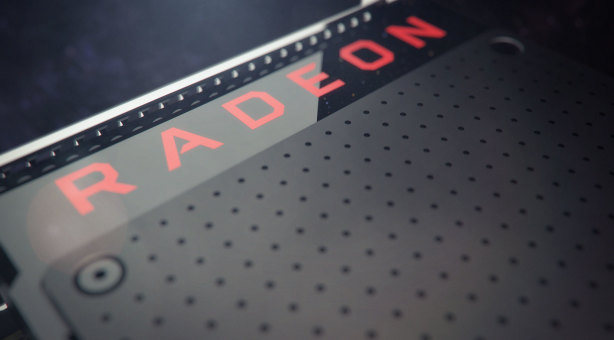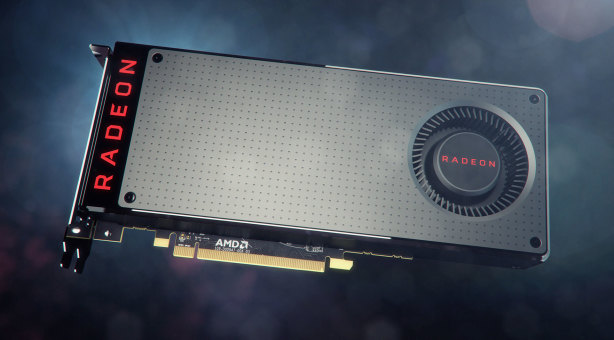
Conclusion
For a number of valid reasons, AMD still continues to tweak and evolve its GCN architecture rather than outright replace or revolutionise it, but that's not to say it's done a bad job with Polaris. The transition to the 14nm FinFET process coupled with AMD's tweaks has given the red team a GPU capable of delivering excellent frame rates at 1080p and very strong 1440p performance too, all within a healthy 150W power envelope.As a reminder, prices start at £180 for the 4GB/7Gbps baseline version of the RX 480 and £210 for the 8GB/8Gbps part that we've tested here, and we expect that custom partner cards will carry at least a £20 to £25 premium on top of these prices. Meanwhile, the current pricing of the GTX 970 is £200 at an absolute minimum (this appears to have only very recently happened in anticipation of this launch), and more realistically around £230 or more for most overclocked and custom cooled versions. Ultimately, if your GPU budget is £200 or thereabouts, you really only have two realistic options: the RX 480 or the GTX 970.
So, what does the new RX 480 bring to the table to compete with the finest card of the previous generation? In traditional DirectX 11 titles, we're looking at a card that rivals what you'd expect to see from a pre-overclocked GTX 970, but AMD's RX 480 is certainly better equipped to deal with DirectX 12 titles, where in some instances it is closer to R9 390X and GTX 980 performance. This, plus the 8GB frame buffer of the model we tested and the feature bump in terms of DisplayPort connectivity, for example, means it is the more future-proof of the two cards. Ultimately, if it came down to it, the RX 480 8GB is the card we'd recommend to anyone that's currently shopping with a £200 budget and is seeking console-beating performance
As ever, though, there are caveats and nuances to take note of. Firstly, if you're really stretched for cash, the RX 480 4GB could be a better option than the 8GB one, especially if you're planning to stick with a 1080p panel for the foreseeable future – we don't expect performance will suffer much at this resolution by dropping to this model. We of course need benchmark results to confirm this, but this looks to be an extremely good value offering for 1080p gamers.
Secondly, the reference cooler, while acceptable, is tougher to recommend. It certainly doesn't strike us as one that's great quality, so it's worth seeing what AMD's board partners do – we're hoping to see some cards in our labs that can hone in the noise levels while providing a bit of a boost to clock speeds, and this should be feasible given the power envelope.
AMD has also touted the RX 480 as a card that lowers the cost of entry to VR. In a sense, this is true, as the GTX 970 was previously considered the minimum required card for VR, and the RX 480 is faster and a little less expensive. However, it's not going to be the most future-proof card for this application, and there isn't really anything in the Polaris architecture that gives it specific advantages in VR. Ultimately, it remains to be seen how cards stack up in this arena – it's hard to draw reliable conclusions until the technology can be better benchmarked.
Lastly, mid-range launches like this one are often the most disruptive to the GPU market, and the canny purchaser will want to wait and see how Nvidia responds to the RX 480 – further GTX 970 price drops are a possibility, and no-one is yet sure what the GTX 1060 will bring to the table. Still, for now at least, the RX 480 is the card of choice at the all-important £200 price point, and Polaris returns AMD to a competitive position for mass market GPU sales.


MSI MPG Velox 100R Chassis Review
October 14 2021 | 15:04










Want to comment? Please log in.